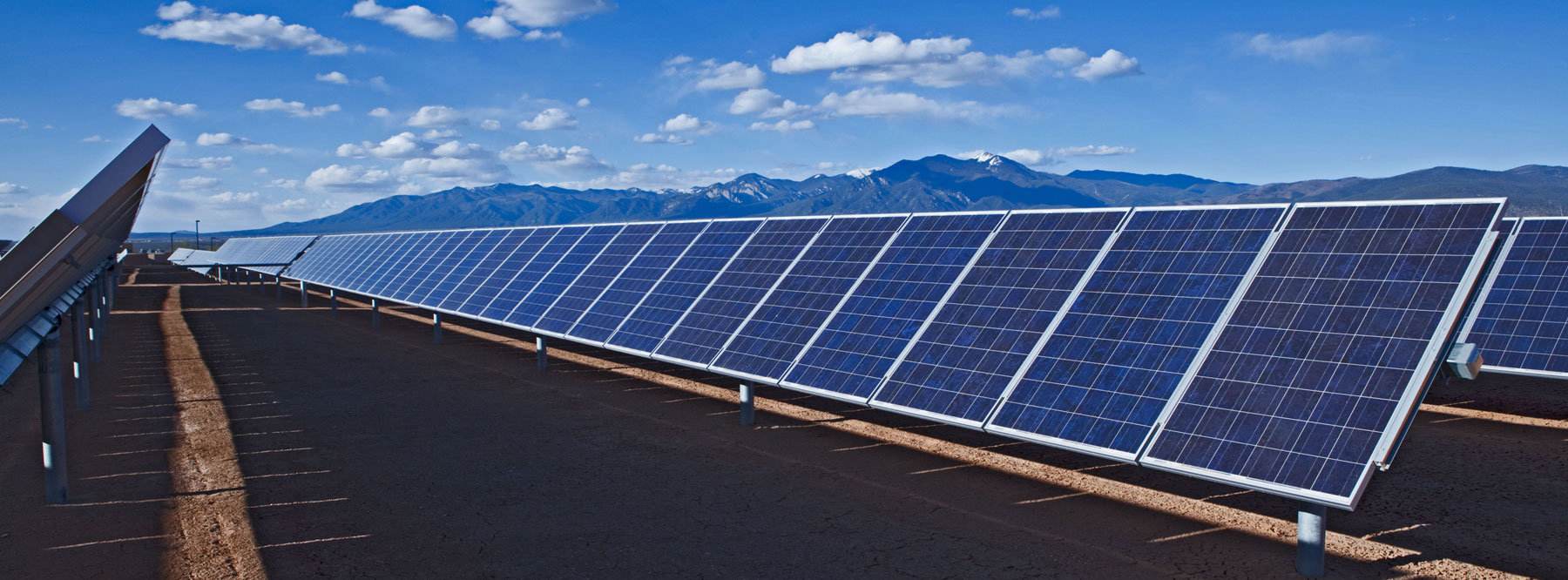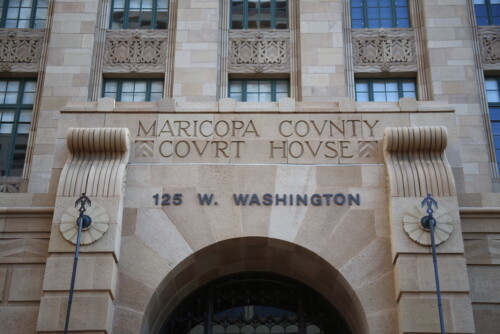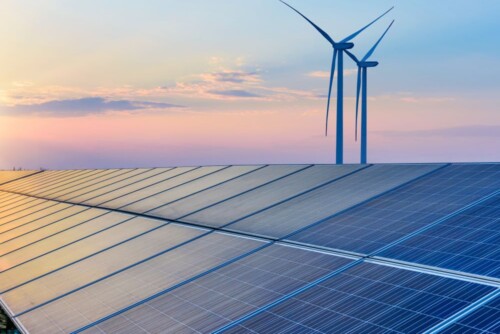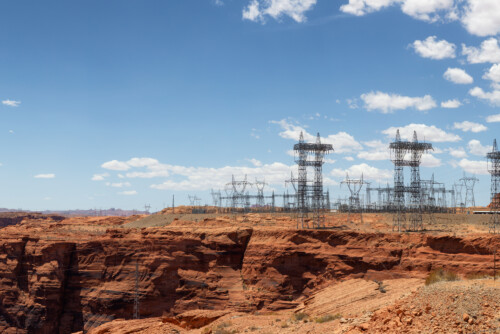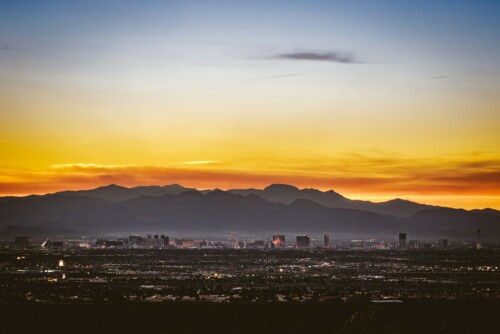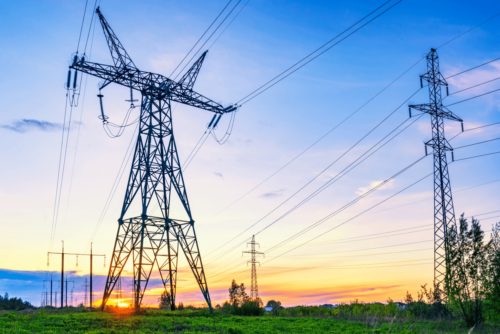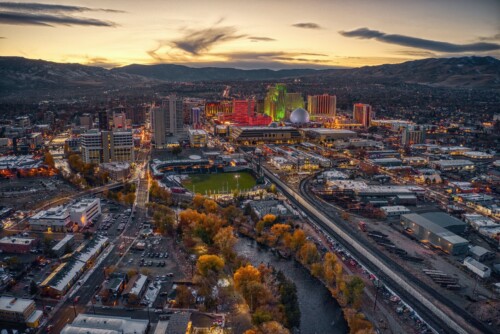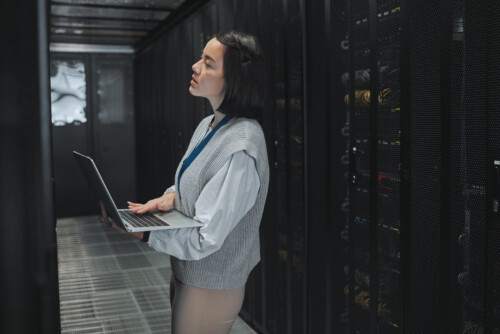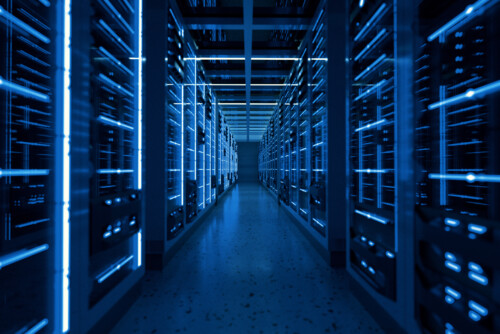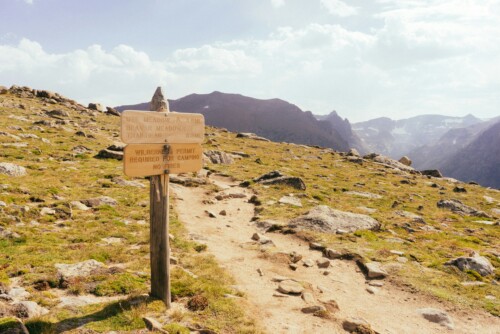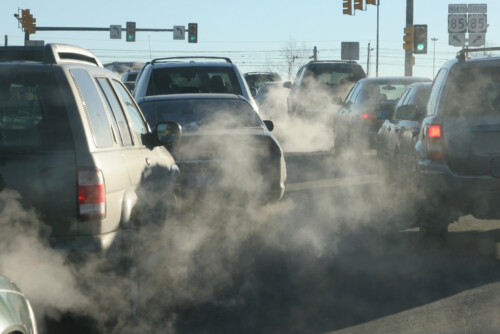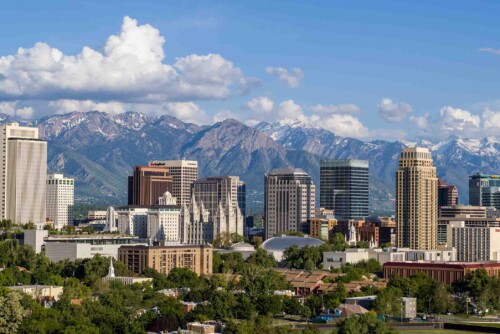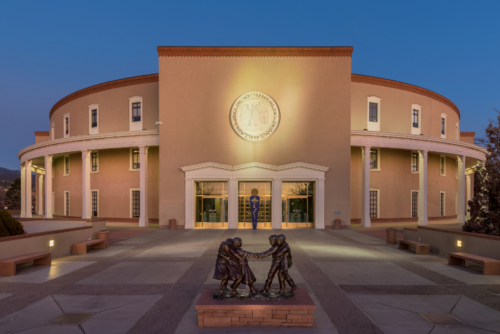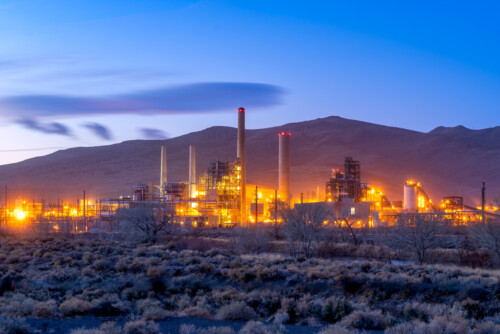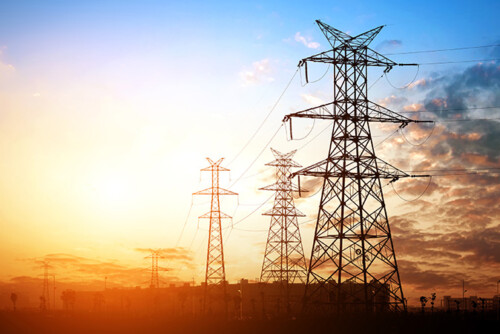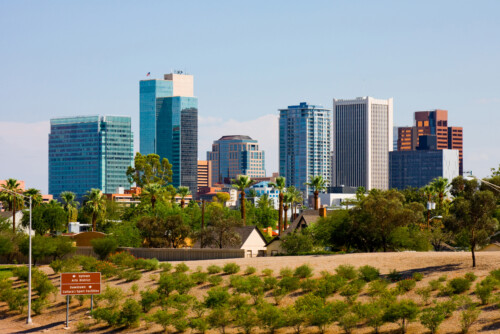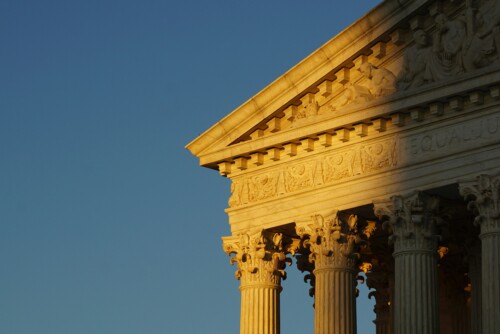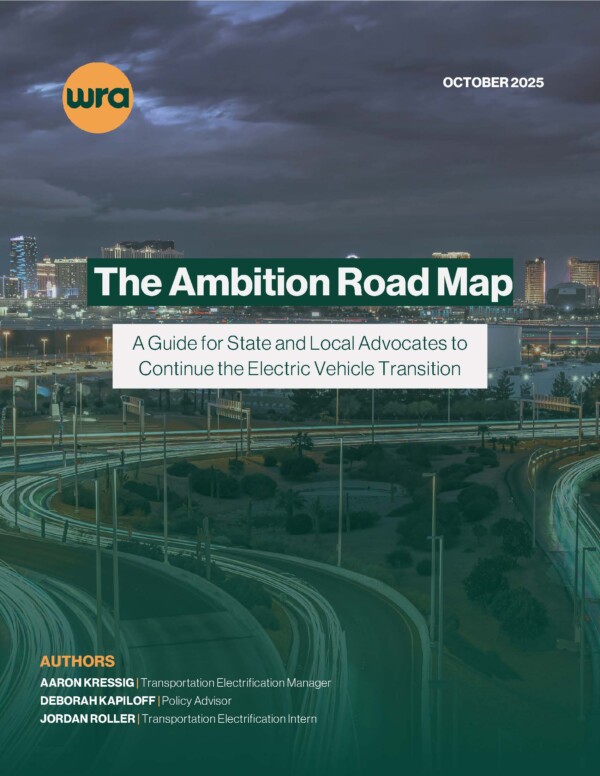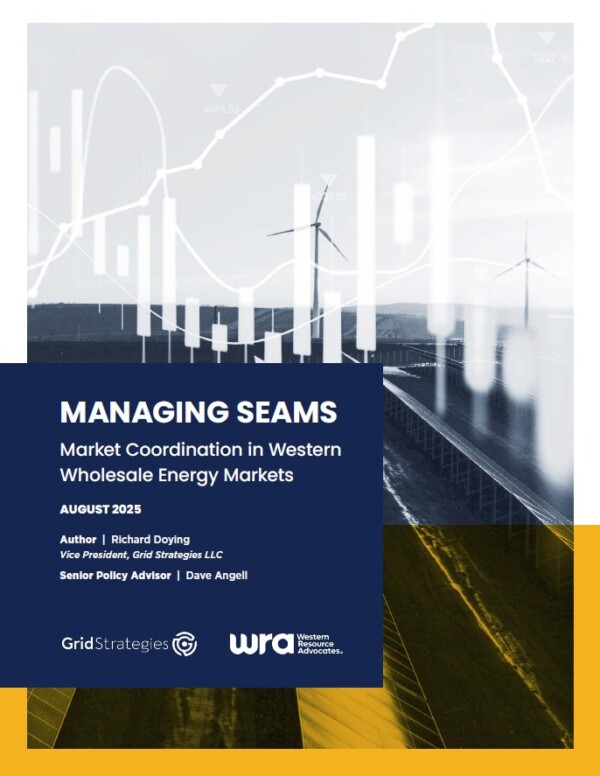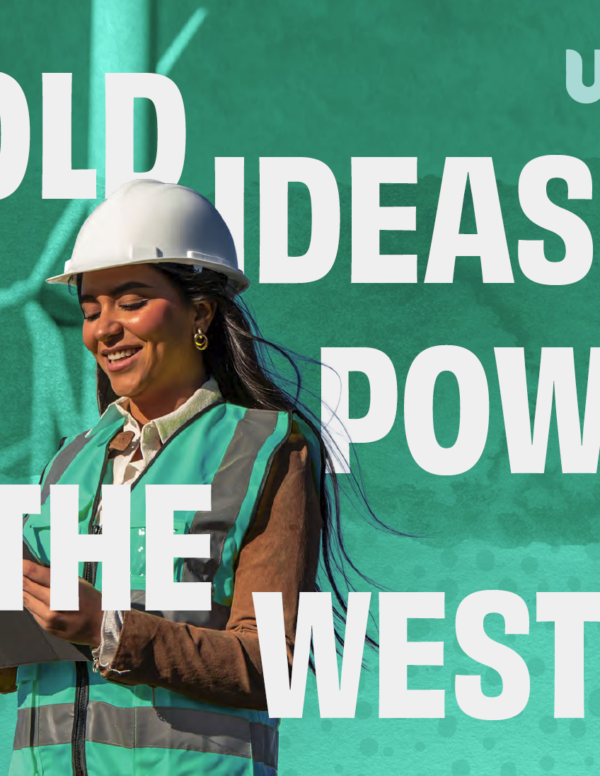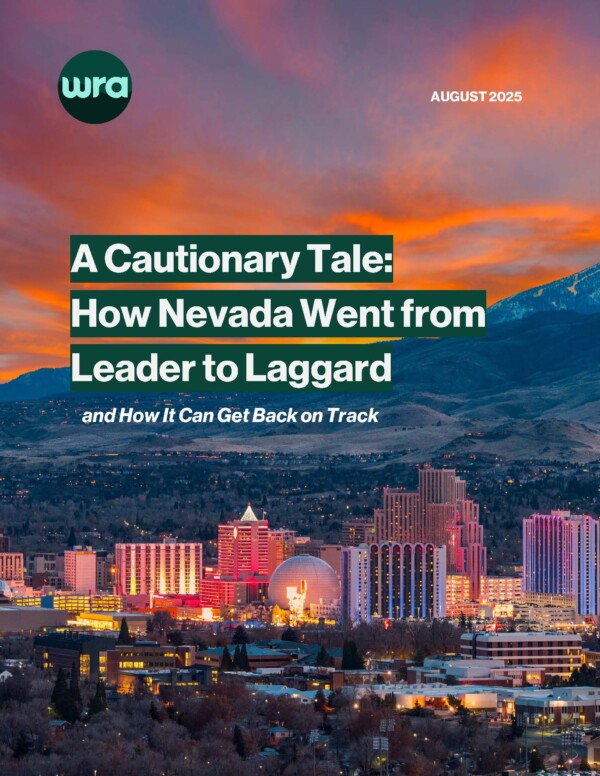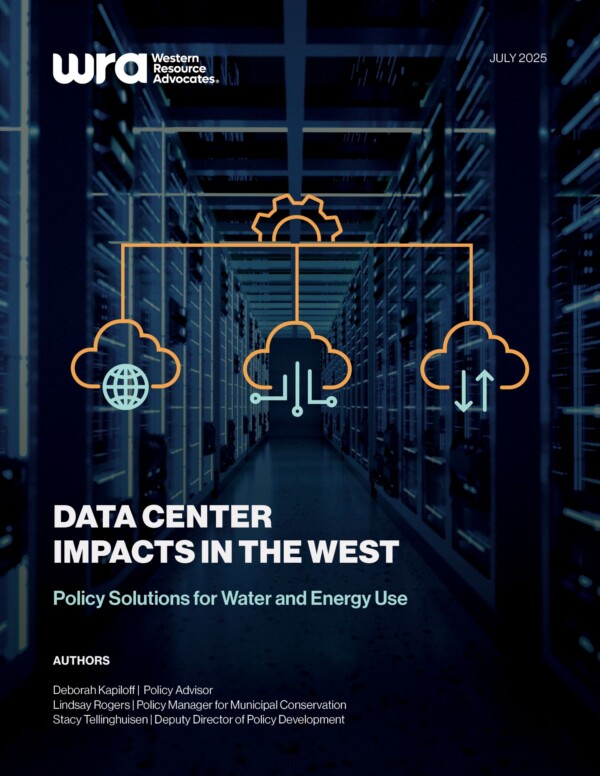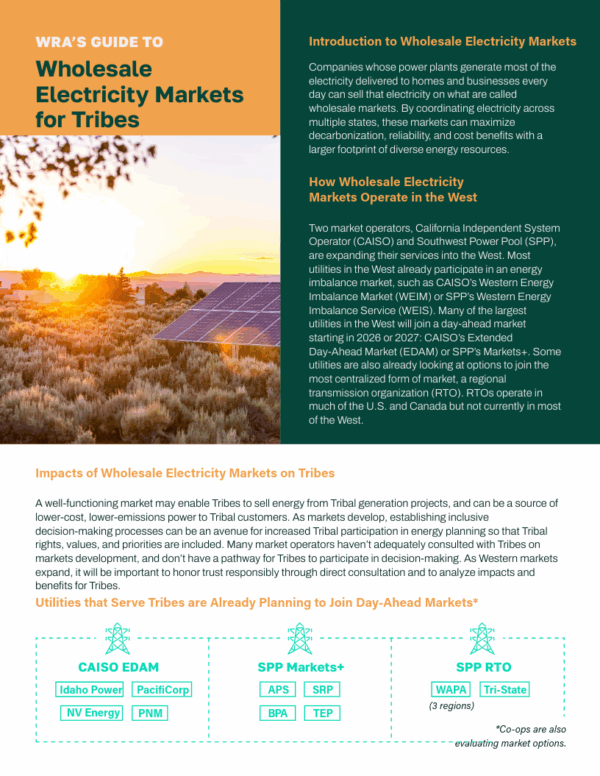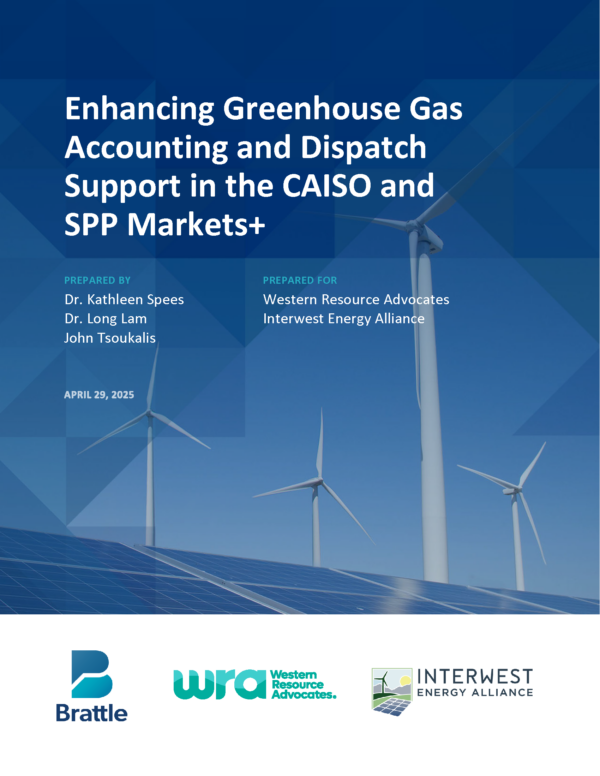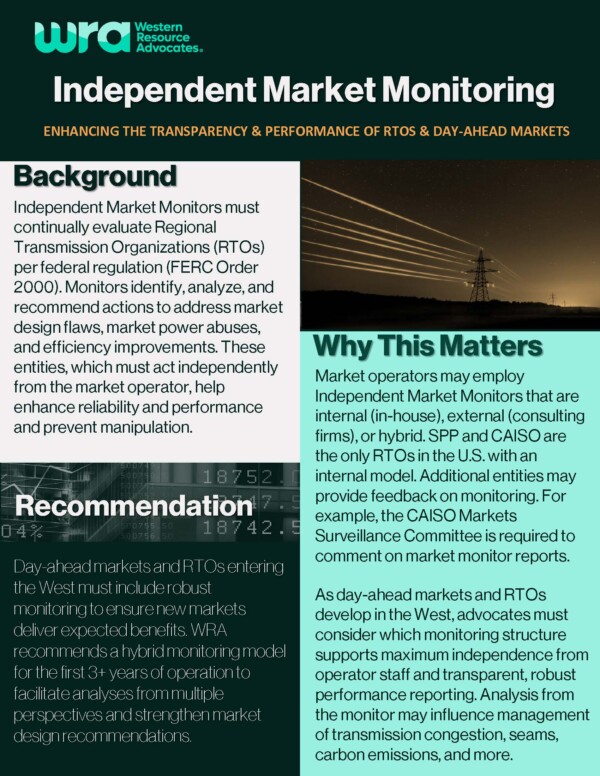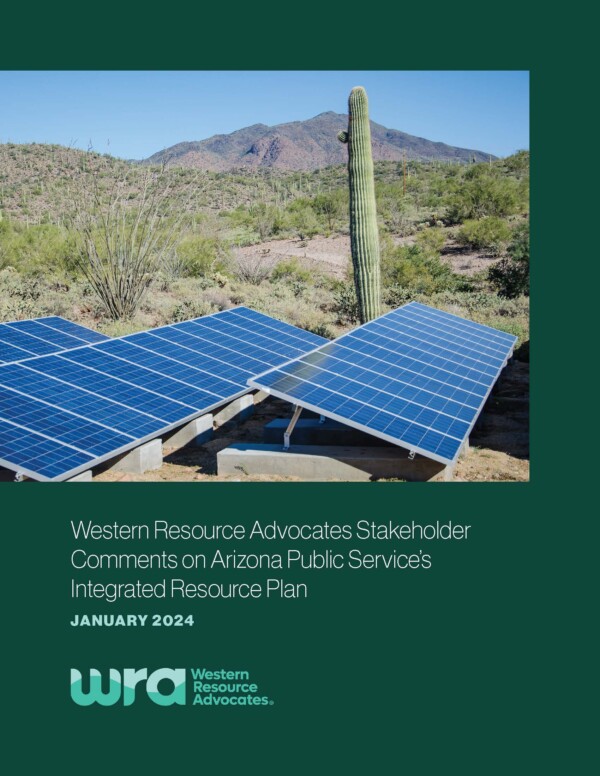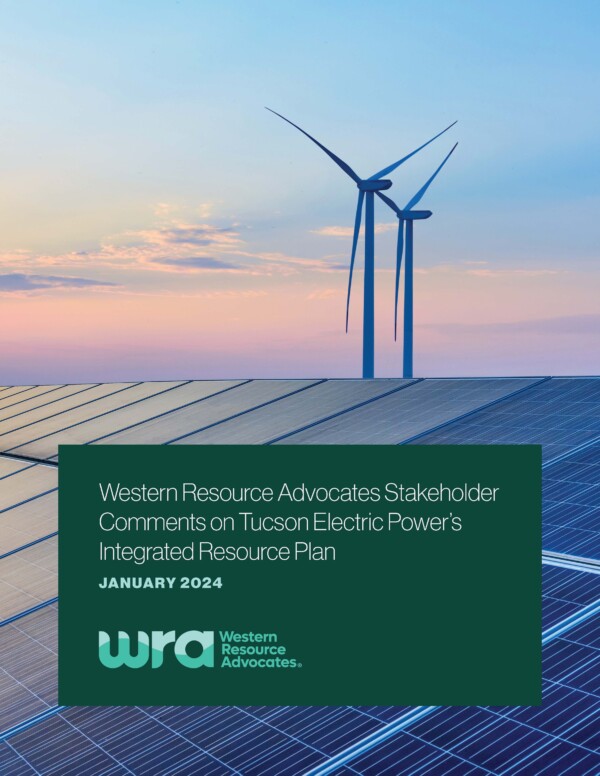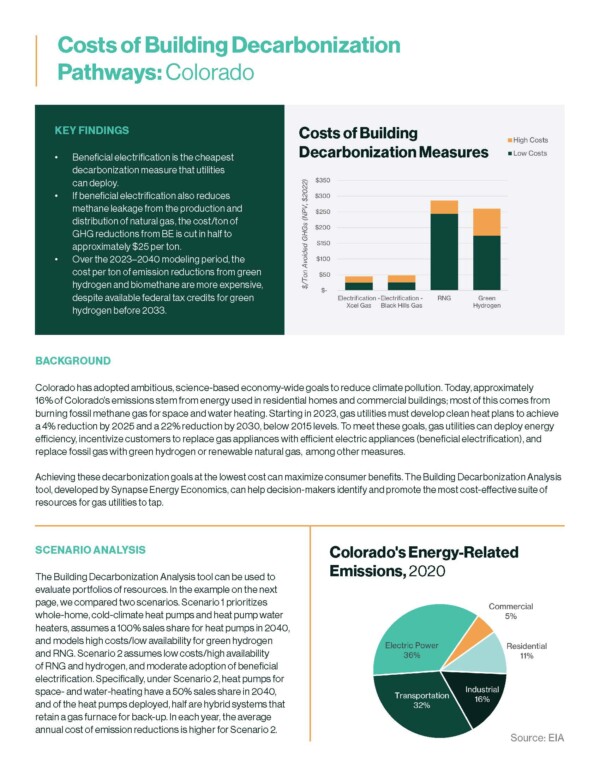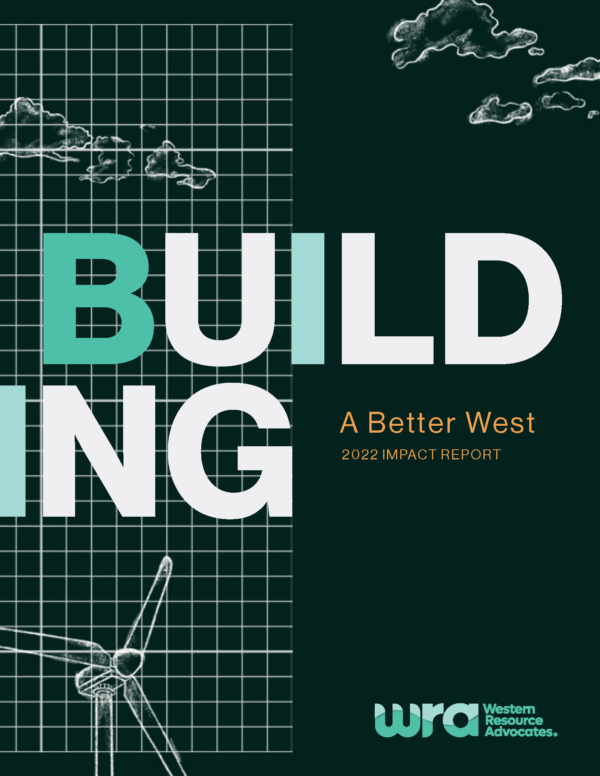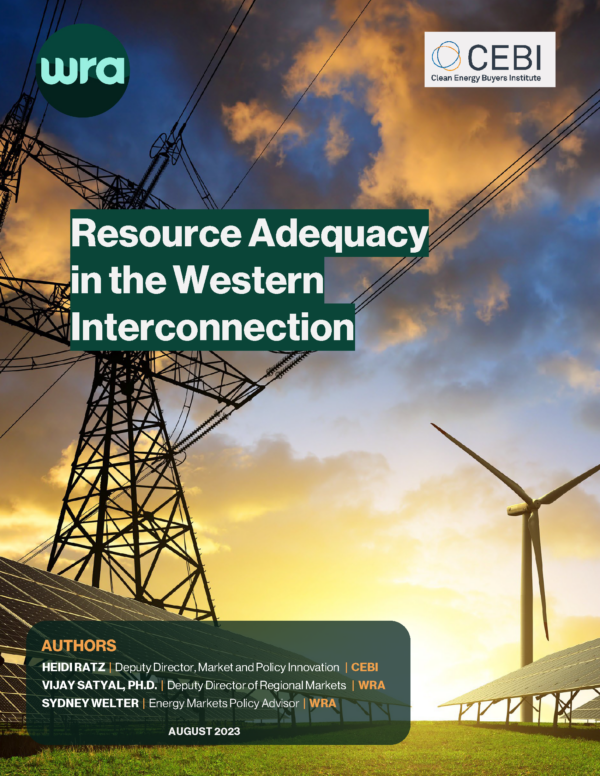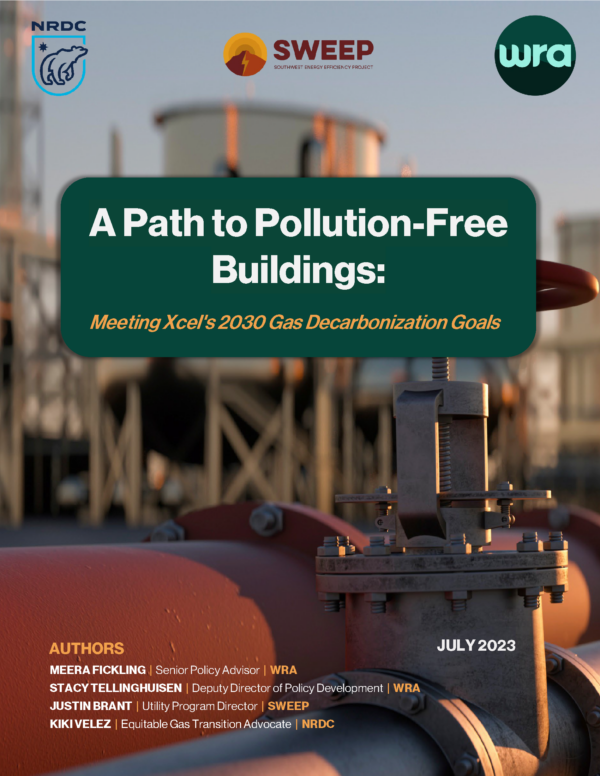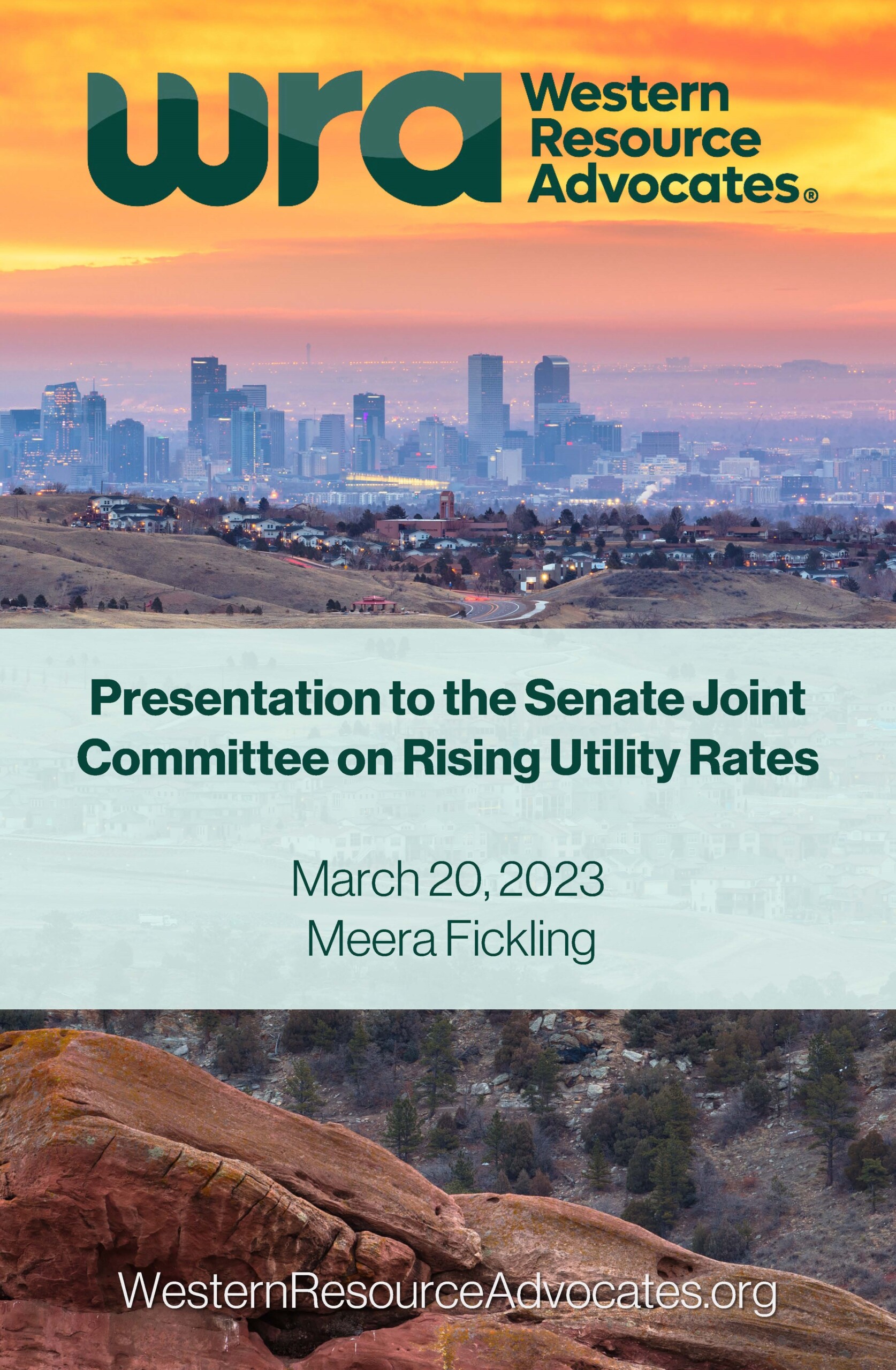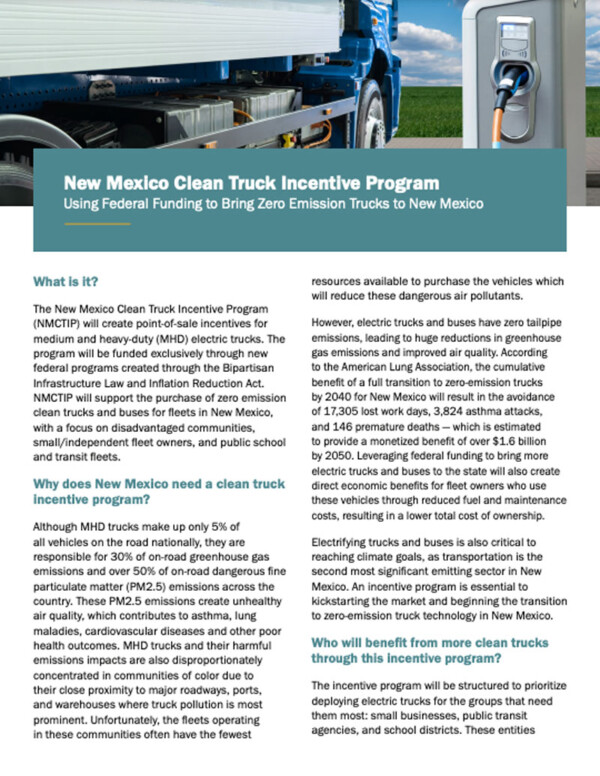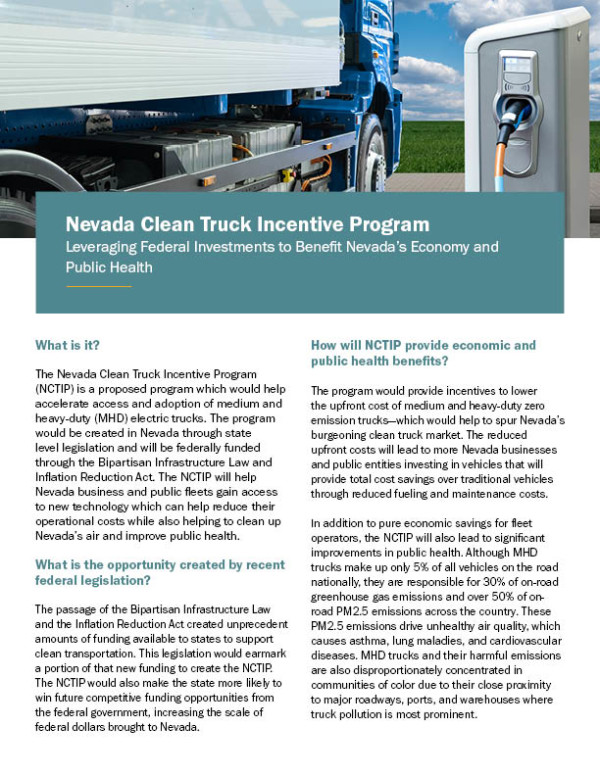Our Vision
A future where our homes, buildings, and transportation systems will be powered by clean energy, and the West prospers in a zero-carbon emissions economy.
Our Solution
By working to retire coal, replace generation with clean energy and transportation, build clean energy markets, and modernize the grid, we are transforming the West.
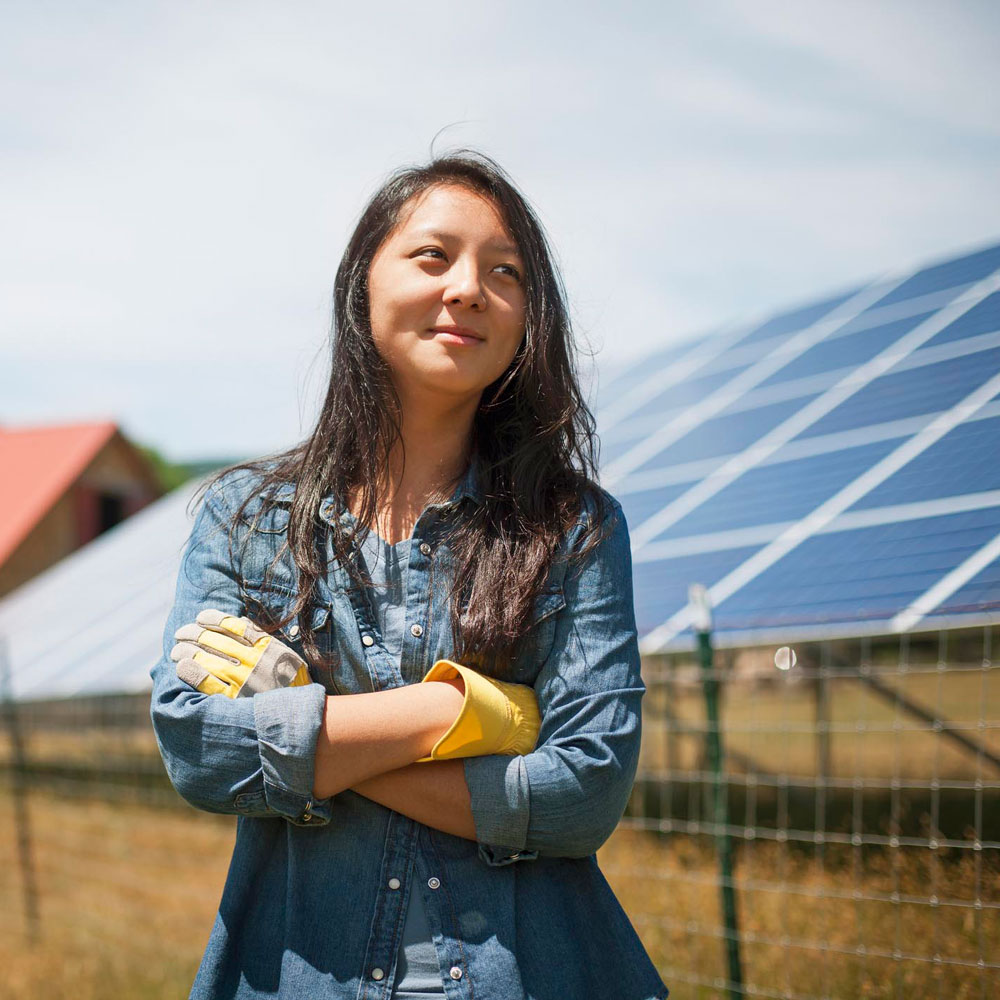
The Climate Fix
The science and the evidence are clear: on our current path, we face warming of the planet that will have catastrophic effects. We are already experiencing many of these effects. Yet repeated and concerted efforts at the federal level haven’t led to the large-scale reductions in carbon emissions that we need to address this threat.
That’s why we developed the Climate Fix in 2018. The Climate Fix is a 7-year strategic plan for how Western Resource Advocates will use law and policy to reduce carbon emissions from the power sector in the Interior West by at least 51% by 2030 – the amount scientists say is necessary to keep global heating within 2° Celsius and avoid the worst impacts of climate change. By 2025, our plan will lock in commitments and lead to a 105 million ton cut in carbon emissions.
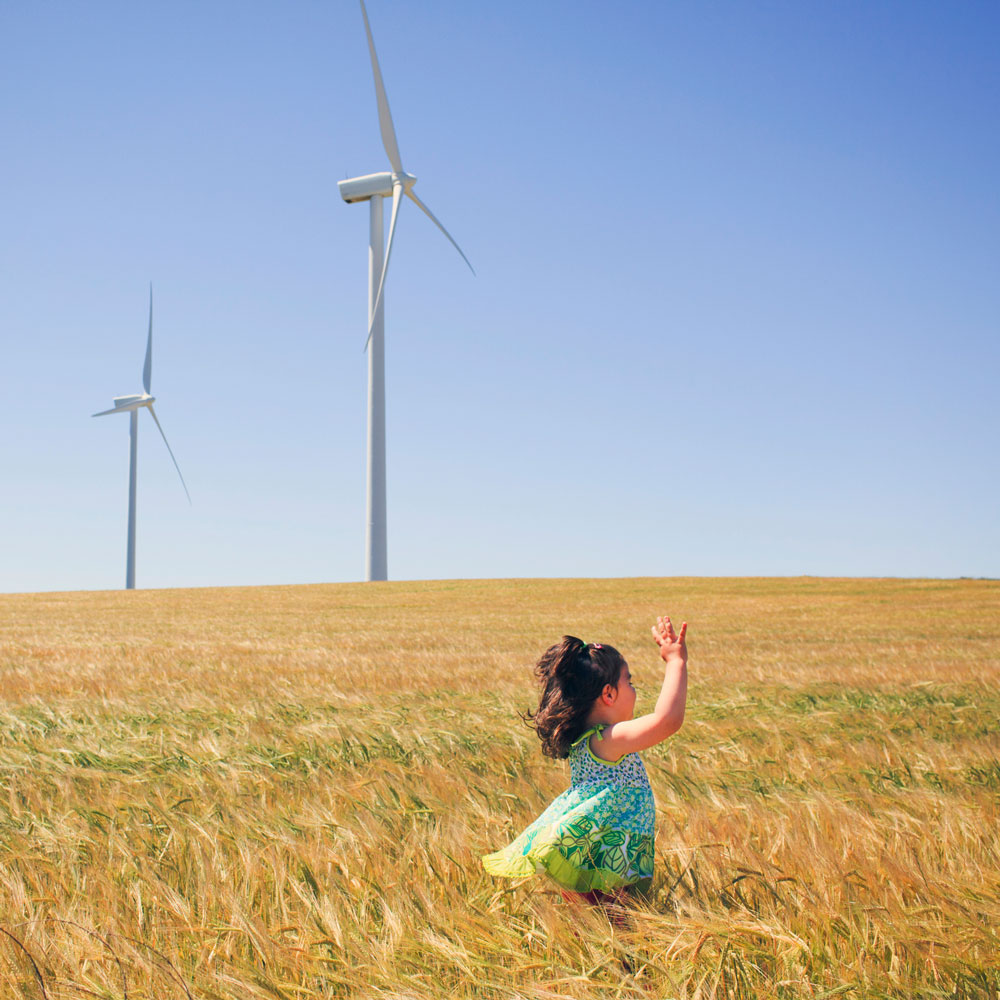
Decarbonizing the Power Sector
Renewable energy from the sun and wind is now cheaper to produce than coal, making clean energy and battery storage the most economical choice for consumers and the utility companies that supply the power to our homes and businesses. But the transformation is far from complete, and electricity generation is still the largest source of carbon emissions in the Interior West. We’re working with communities, businesses, and utilities to ensure that by 2030, we will reduce carbon emissions by 45%, and 100% of the West’s electricity will be carbon-free by mid-century.
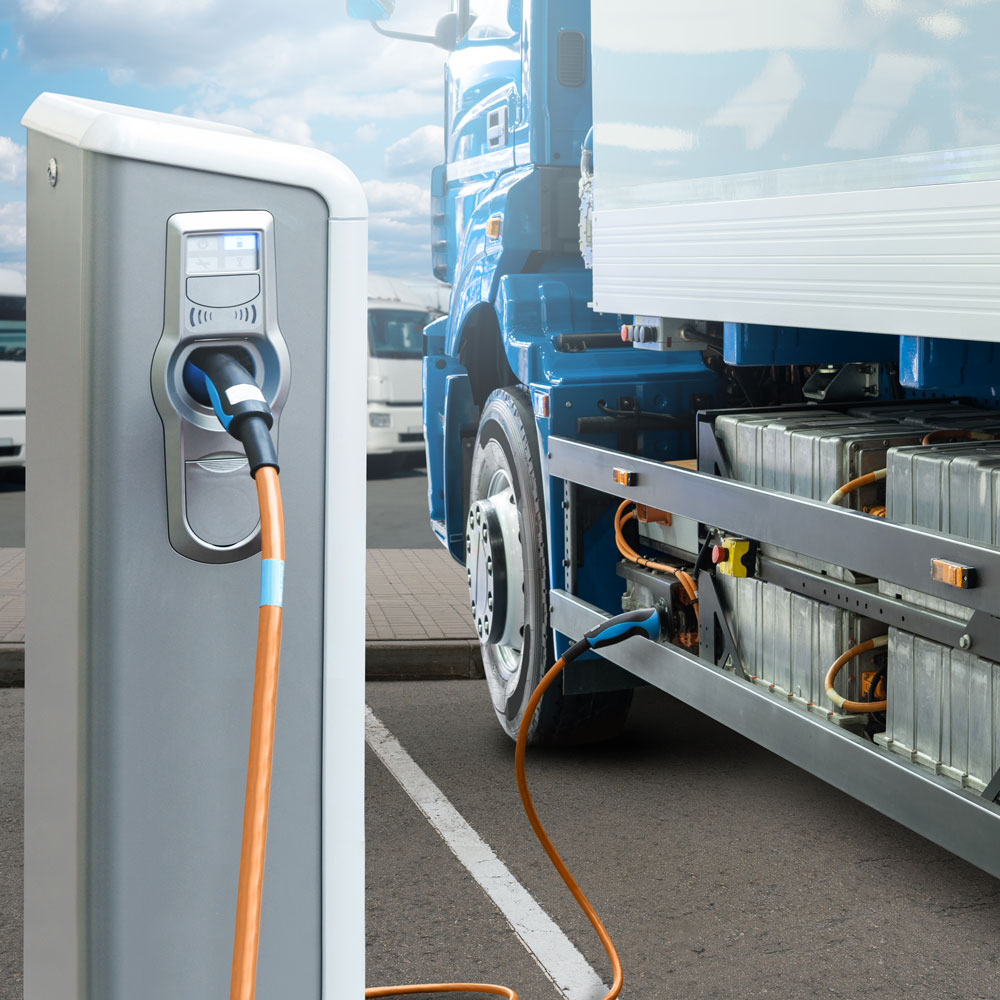
Decarbonizing Transportation
The power sector continues to be the largest source of carbon pollution in the Interior West. It’s also key to driving down carbon emissions from transportation and buildings. We need the electricity that powers our cars and cools and heats our buildings to come from clean and renewable resources in order to achieve our science based greenhouse gas reduction goals.
We are working to find innovative policies and solutions to electrify and reduce carbon emissions from other sectors like transportation and buildings.
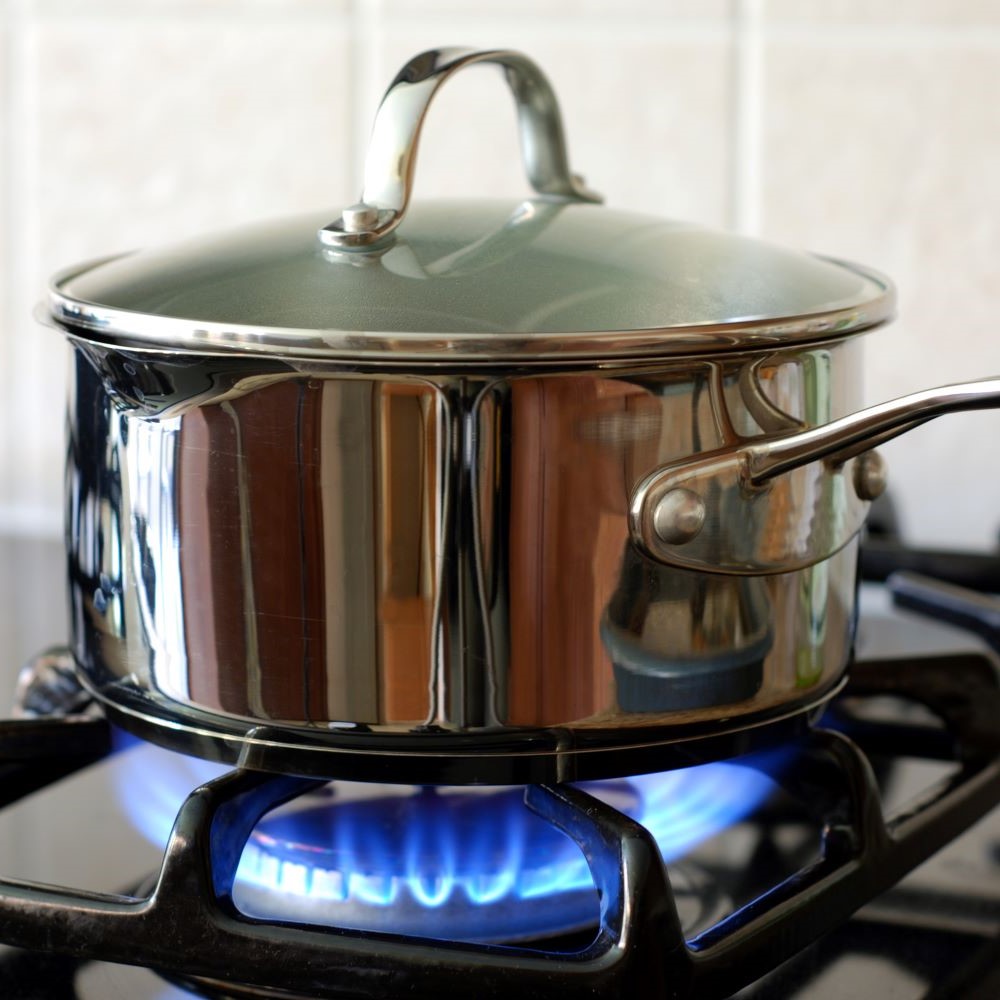
Decarbonizing Buildings
The building and industrial sectors are a large piece of the puzzle in addressing climate change. Direct combustion of gas, petroleum, and coal in these homes and businesses produced 17% of the energy-related carbon dioxide emissions in Western states in 2017, according to the U.S. Environmental Protection Agency. Fossil fuel gas used for heating is responsible for most of this pollution, emitting carbon dioxide when the gas is burned to cook food or heat water and buildings. In industrial facilities, fossil gas is burned to provide both heat and power. Reductions from gas use in buildings and industry are important for reaching our carbon emission reduction goals.
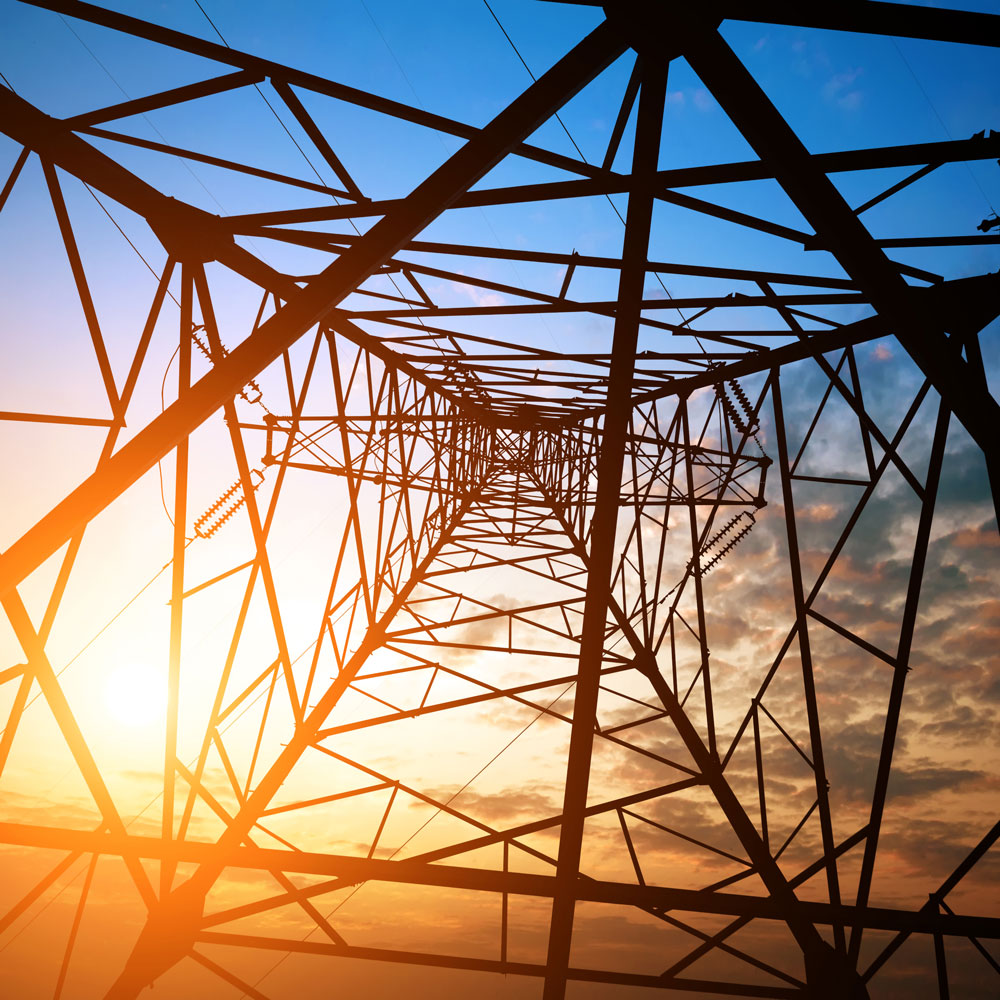
Modernizing the Electricity Grid
We won’t truly make the transition to clean energy unless we update the systems we rely on to get electricity from the source to our homes and buildings. Electricity grids throughout the West are aging, inefficient, and not optimized to support large additions of renewable energy and the integration of other clean energy technologies like electric vehicles.
WRA is working with states, utilities, businesses, and regional advocates to strengthen and expand regional energy markets – and the grid itself – to ensure that the energy we need can move more seamlessly and efficiently across the region. These strategies will increase the resilience of the grid to outages, save customers money, and ensure more renewable energy is available to communities around the clock.
